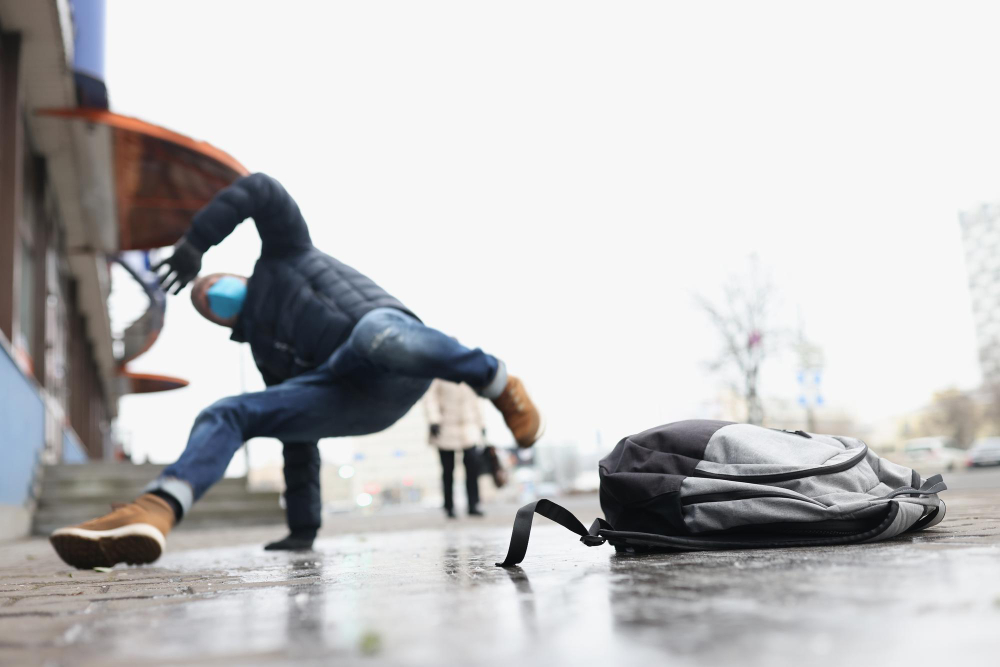1. Seek Medical Attention Promptly:
Always prioritize your health. After a slip and fall, consult with a doctor, as certain injuries like hairline fractures, torn ligaments, or head injuries might not show immediate symptoms but can lead to long-term complications.
2. Act Swiftly:
If your accident occurs on municipal land, remember that you typically have just 10 days to report it. And with recent changes in Ontario, if you slip on private property due to snow or ice, you have a mere 60 days to provide a written notice of your claim.
3. Document the Accident Scene:
To support your claim, it’s crucial to establish liability. Capture photographs or videos of the site, especially any uncleared snow or ice. This can prove invaluable if there are discrepancies in maintenance records.
4. Gather Witnesses' Information:
Eyewitnesses can provide pivotal testimonies that reinforce your statements. Their observations might offer insights into safety concerns, prevailing conditions, or the behaviour of the property’s caretaker.
5. Pay Attention to Details:
Small factors, like the type of shoes you wore or the precautions you took, can significantly influence your claim. Defence teams might examine these details to argue contributory negligence on your part.
6.Consult with Skilled Slip and Fall Attorneys:
These cases can become contentious. Engaging with experienced personal injury lawyers ensures you have expert guidance. They can navigate the complexities and advocate for your rightful compensation.
7. Stay Informed and Know Your Rights:
Laws and regulations can evolve, so always be informed of your rights. If you’re uncertain, seek a free consultation with slip and fall experts to understand and protect your interests.


